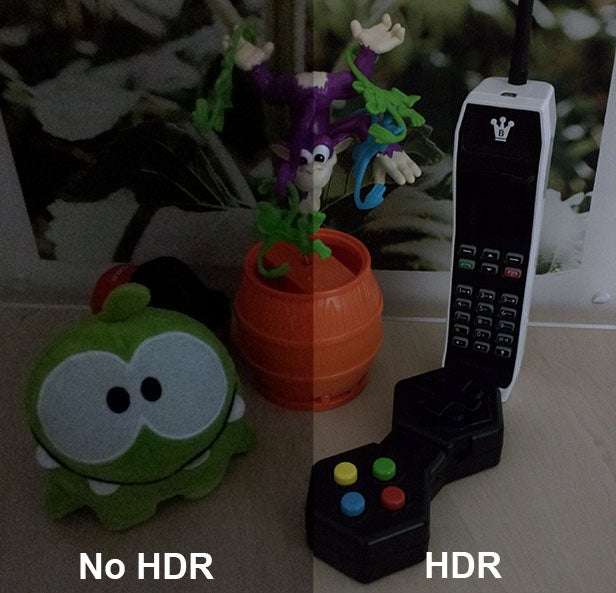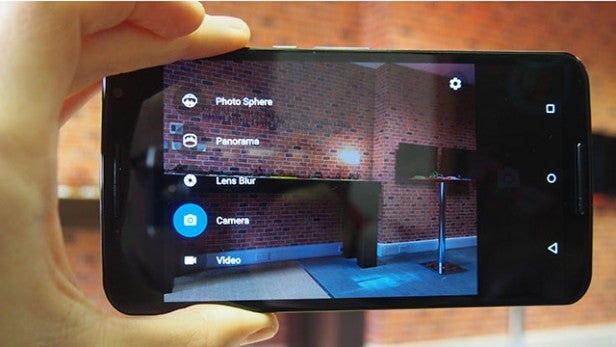Nexus 6 Review - Camera Review
Camera
A good (massive) phone that's stuck in limbo

Sections
- Page 1 Nexus 6 Review
- Page 2 Screen and Performance Review
- Page 3 Android 5.0 Lollipop and Apps Review
- Page 4 Camera Review
- Page 5 Battery Life and Verdict Review
Nexus 6 – Camera
On paper the camera on the Nexus 6 sounds like a winner. With a 13-megapixel sensor, OIS (optical image stabilisation) and a dual-LED flash you’d expect some impressive shots. And in ideal conditions you can get them.

Get it right and photos using the Nexus 6 camera can look great
Cameras have never been a strong point of Nexus phones, and that was forgivable when they packed top performance and screen specs into a great-value package. The Nexus 6 isn’t cheap, though – it costs almost as much as the other flagship phones on the market, so we need to be more critical of its camera.

Give it a bright, sunny day and it will perform with aplomb. The shutter is fast enough and images are detailed thanks to the high megapixel count.
In less-than-perfect conditions, however, the Nexus 6’s camera struggles. It can take an age to focus, where the Galaxy Note 4 and iPhone 6 Plus shoot instantly, thanks to a faster phase-detection autofocus.

An example of what happens when you just try to take a quick snap. the Nexus 6 struggles to focus quickly enough and shots are blurry and grainy
Turn on HDR and things get even worse. It can take several seconds for the Nexus 6 to focus and process the shot. This isn’t what we want from a phone camera. What most people want is decent photos to be taken quickly, so they don’t miss that all-important moment.
In very low-light conditions the Nexus 6 can’t keep up with the best of the rest. The Nexus 6 just doesn’t get enough light into its sensor and those millions of pixels amount to naught when the sun goes down. Once again, though, if you take care and spend some time to make sure there’s no movement, you can get some good shots.

The dual-LED flash is bright and the clear plastic ring helps diffuse the light, but still gives a harsh white look to people when used. It’s just not as soft as the two-tone offerings on the iPhones or HTC One M8, but the mime-face effect isn’t as pronounced as on more traditional LED flash phones.

4K is still in its infancy, but the Nexus 6 can shoot in the ultra-high-definition format at 30 frames per second. It also features dual recording, so you can insert yourself in a video you’re taking. Video quality is solid in both 4K and 1080p, although you don’t get any slick tricks such as slow-motion capture.
Now don’t get us wrong, the camera on the Nexus 6 is far superior to the one on the Nexus 5. That suffered from similar issues with its camera, but to a greater degree. Unfortunately it’s just not on the level of the well-rounded and snappy cameras that you’ll find on the Samsung or iPhone phablets. If you take care or are shooting in ideal conditions you can get some good shots. Anything less than that and shots are average.
A 2-megapixel camera on the front takes care of selfies and video calling duties. It does the job, but won’t rock your world if you’re into taking photos of yourself.
How we test phones
We test every mobile phone we review thoroughly. We use industry standard tests to compare features properly and we use the phone as our main device over the review period. We’ll always tell you what we find and we never, ever, accept money to review a product.


